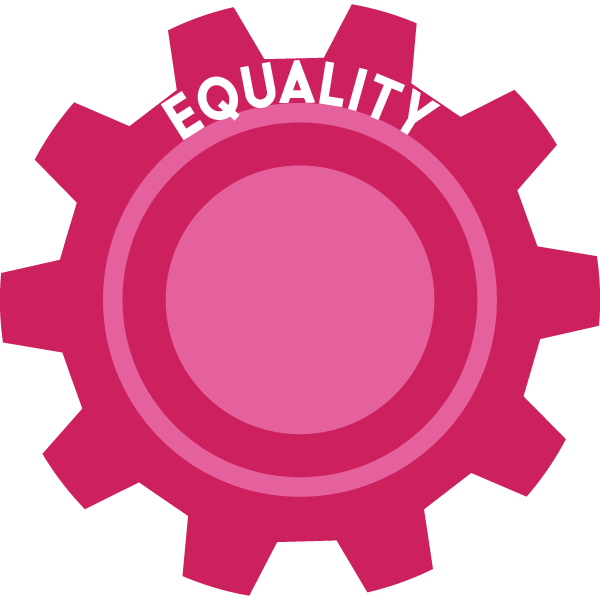Stop Saying…
Sometimes we say things in order to help students do the math rather than understand the math. Those statements can create misconceptions and confusion when the statements no longer hold true at later grades.
“The equals sign means is the same as”
When does it fall apart?
Avoiding the phrase “is the same as” is more of a cautionary tale than a “stop saying”. In many cases, the use of this phrase will not cause issues. Its use is not developing any significant misconceptions, however, the phrase “is the same as” can be misleading.
Why?
What does “same” mean? The phrase “same” may imply congruency – as in the two sides of the equation are identical, when in fact, they most likely are not. Let’s consider an example from grade 3 to help explore this idea. You would agree that 3 x 4 has the same result as 4 x 3. However, 3 x 4 is not necessarily the same as 4 x 3. For example, 3 dogs with four legs is not the same as 4 dogs with three legs, although there are the same total number of legs. Drawing 3 circles with 4 dots in each circle is not the same representation as drawing 4 circles with 3 dots, although there are the same total number of dots. This is why the commutative property can be challenging for students when the representations don’t “match”. More information about using arrays to explore the concept of the commutative property can be found in the multiplicative thinking section.
Instead say:
Use the context of the question to add “units” to your statement. For example: “Is the same number of blocks as”, “Is the same number of dots as”.
If your question doesn’t have a context (ie. 3 x 4 = ?), use generic “units”/statements such as “Is the same value as” or “Is the same total as”.




